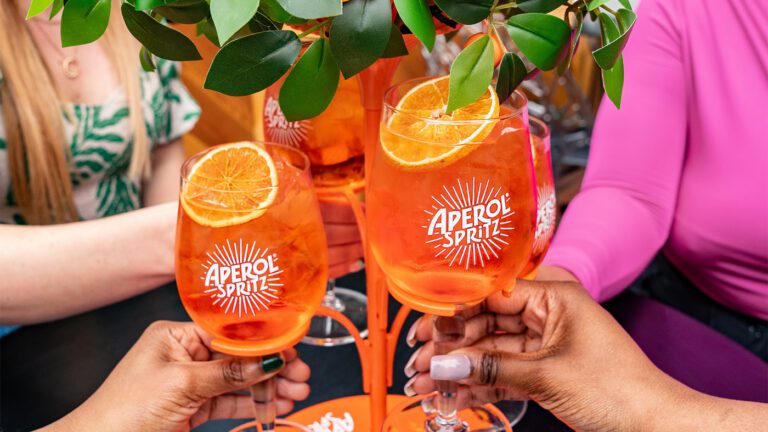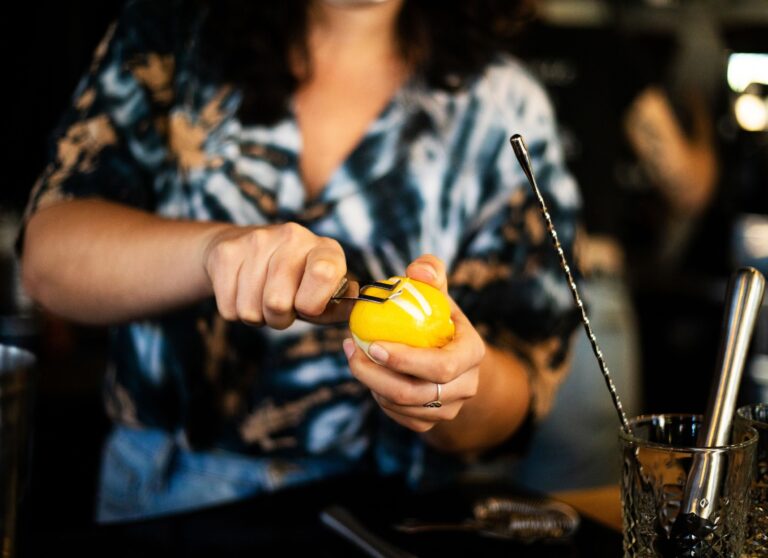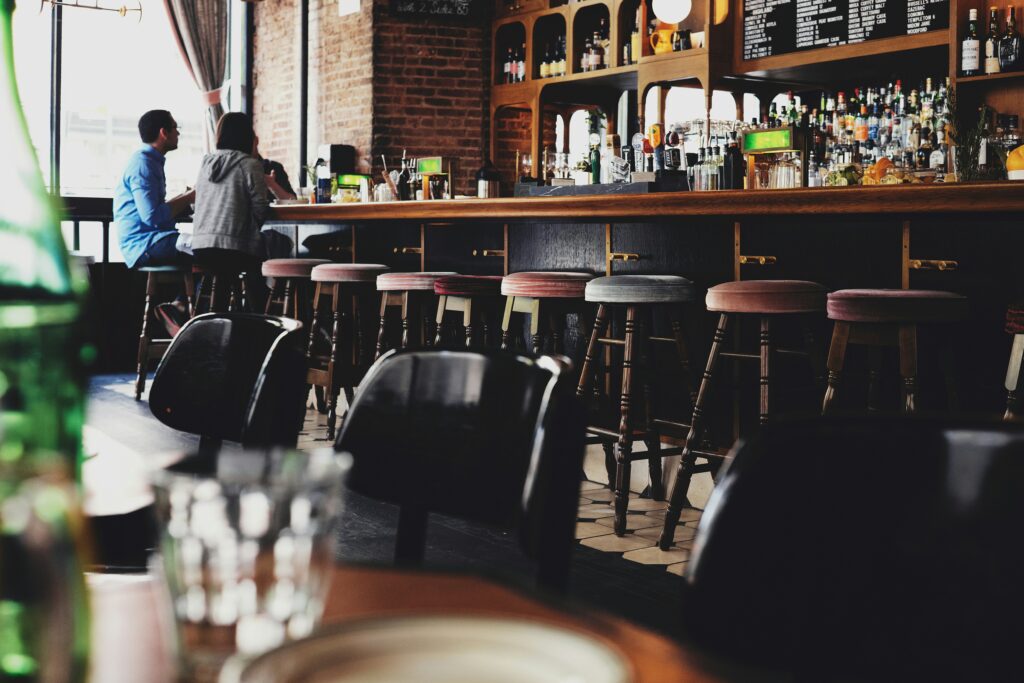
3 Things To Improve On Trade Product Sampling
Product sampling is a proven and hugely effective way to build brand awareness and drive sales.
A study by EMI EventTrack, states that “65% of consumers who attended an event or visit where a product was sampled went on to purchase the product”.
Based on this data alone, from a brand equity perspective, sampling should be part of any marketing strategy for consumer brands.
Poor execution of product sampling is something we see all the time, but we also have anecdotal evidence from behind the bar.
With the drinks market being so saturated and expensive to play in, it dials in on the importance of good execution.
While it’s possibly viewed as easy to conduct sampling, achieving a strong ROI requires meticulous planning, skilled sampling teams and an ability to engage venue teams effectively.
During a recent round table discussion with members of the managed pub trade, one significant topic was how brands activate their sampling campaigns in venues.
We unearthed some gold.
Here are 3 recommendations we have for executing on-trade product sampling:
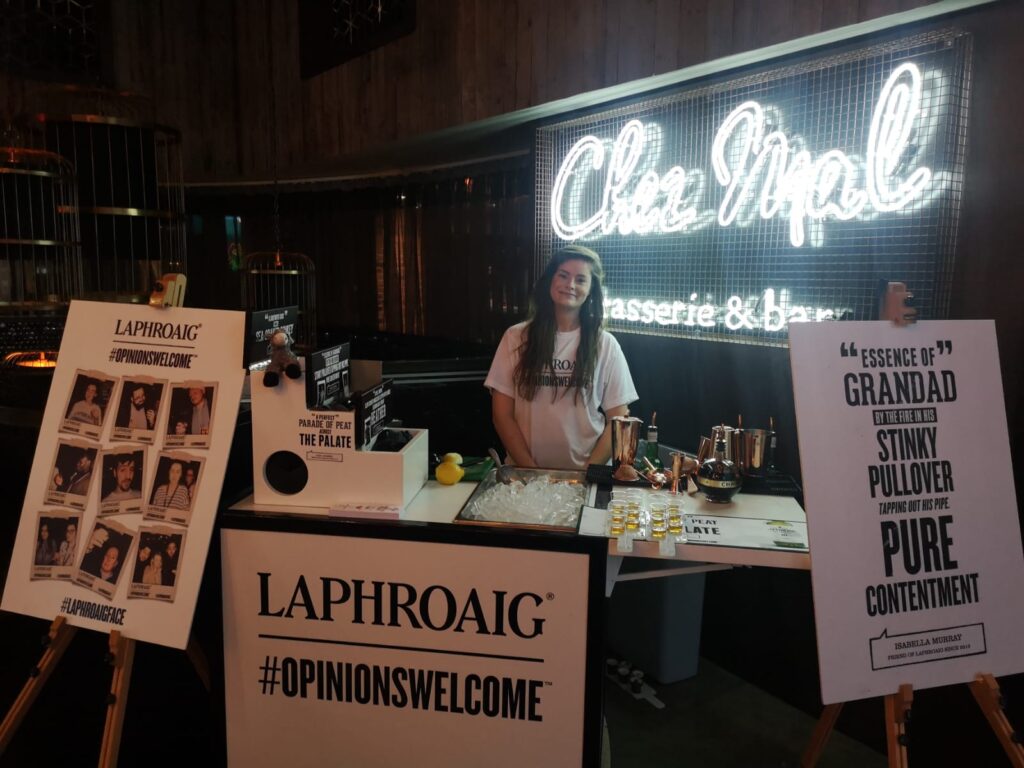
1. Engage Venue Teams Before, During & After Sampling Activity
We have heard many times that drinks brands conducting product sampling in venues are so laser-focused on the consumer, that they overlook building connections with the bar teams.
In one conversation, a manager from a Greene King pub told us that “roughly 50% of brand sampling teams didn’t even bother to engage or educate his team on the sampled brand”.
Consequently, this left his team with a negative impression of the brand, and he also recounted an incident where a sampling team from a household drinks brand was rude and dismissive.
Bartender advocacy presents a substantial, overlooked opportunity when sampling in venue – don’t miss out on it in your next sampling campaign.
Bartenders are among the most influential salespeople in the world of drinks. They can continue to drive recommendations and sales long after the sampling activation is over.
Our top tip?
Incorporate a bartender advocacy KPI into your on-trade sampling strategy. Many brands overlook this aspect, but ignoring it directly impacts the growth of your brand.
This is reinforced without question in the CGA by NIQ report with it being reported that “57% of global consumers are influenced by bartender recommendation in the on-trade”
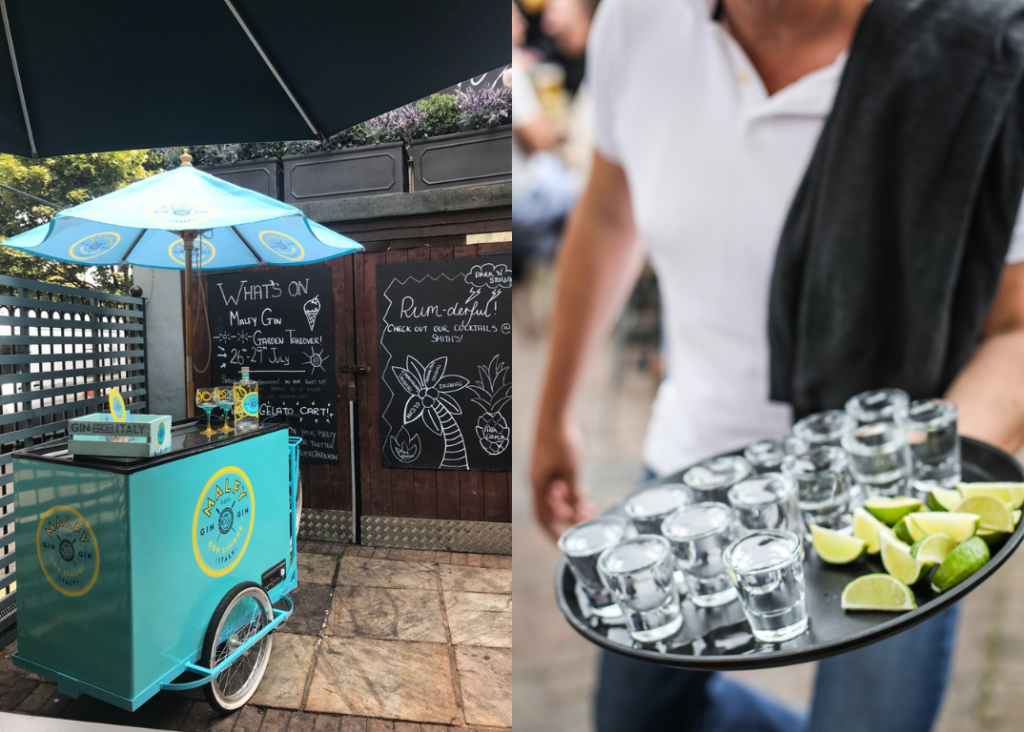
2. Prioritise Effective Communication
Good communication is of importance in marketing but it becomes critically important when planning and executing on-trade sampling campaigns.
When planning on-trade sampling campaigns you will be dealing with multiple stakeholders and venues, which can sometimes run into the hundreds. You also have many internal and agency stakeholders to align, so great communication is non-negotiable.
The on-trade is also challenging, as venues do not always have effective internal communications. There have been many times in the past when our teams have arrived on site to execute an activation and the bar team had no knowledge of the activity.
This obviously is an issue and will affect the campaign’s overall delivery.
At Wilde Toast, we take charge of all venue communications once briefed, with our team ensuring every venue is ready for the activation at the specified times and all additional stakeholders in the delivery are aligned.
This quarterbacking of the logistics is of utmost importance so it should not be neglected.
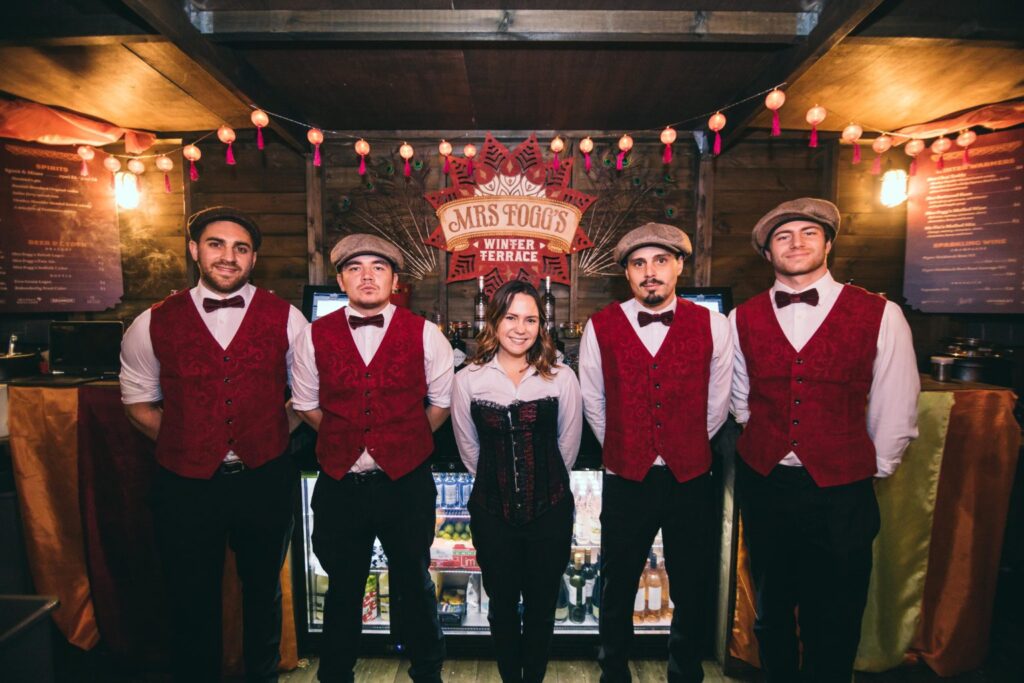
3. Use Drinks Professionals To Lead Sampling In The Trade
While we feel this is a unique positioning for our agency – it needn’t be.
The big picture here is using drinks professionals to sample drinks in drinks-led venues makes complete sense.
The passion, consumer-facing experience and knowledge sets bartenders apart from typical agency staff – particularly when it comes to drinks.
What’s more, the on-trade is nuanced. There are so many elements to understand and frankly a certain way to talk to this channel. Bartenders speaking to bartenders circumnavigate this issue.
It makes the product sampling activity more effective.
It also allows for the double whammy of strong advocacy with the venues, as bartenders are used to telling brand stories and engaging people in drink brands.
Now sampling in the third space is different as the dwell time for those being sampled is far shorter (we will go into third-space product sampling another time)
But in venues, you are engaging with a captive audience, who are more open to having longer conversations, taking recommendations and being educated on how to enjoy the brand being sampled.
Why Is This So Important?
Product sampling is undoubtedly proven to be effective in building brands.
However, the potential for poor execution is high.
As with any marketing activity, meticulous planning, strong communication and leaning into expertise in this marketing discipline will set you up for success.
If you want to understand more about how product sampling in the on-trade can benefit your brand get in touch with our team.
Related Articles
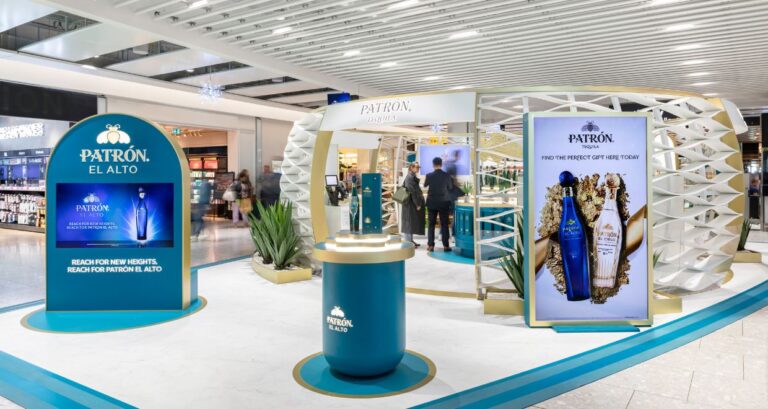
EXPERIENCIA PATRÓN – A Masterclass In Retail Activation
There is a huge amount to admire about the way…
